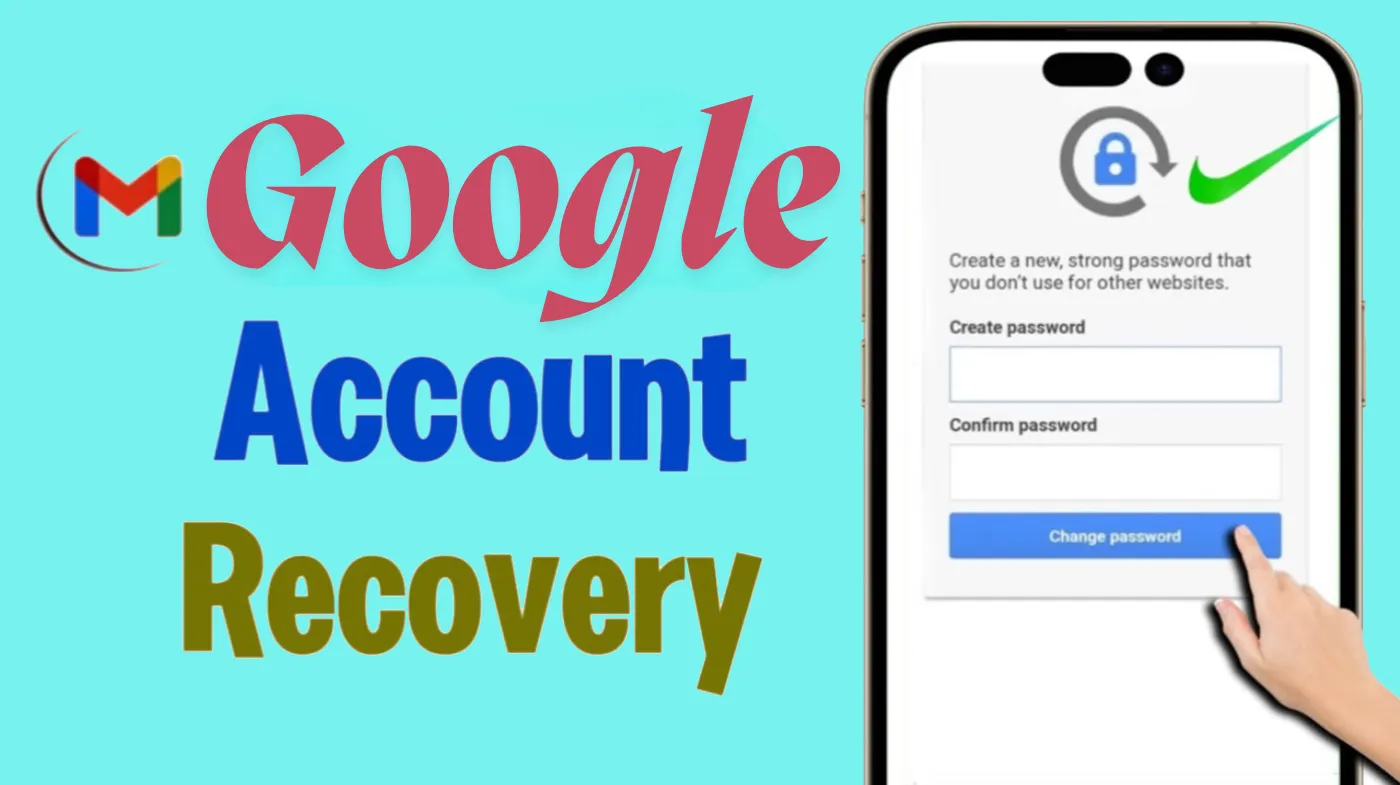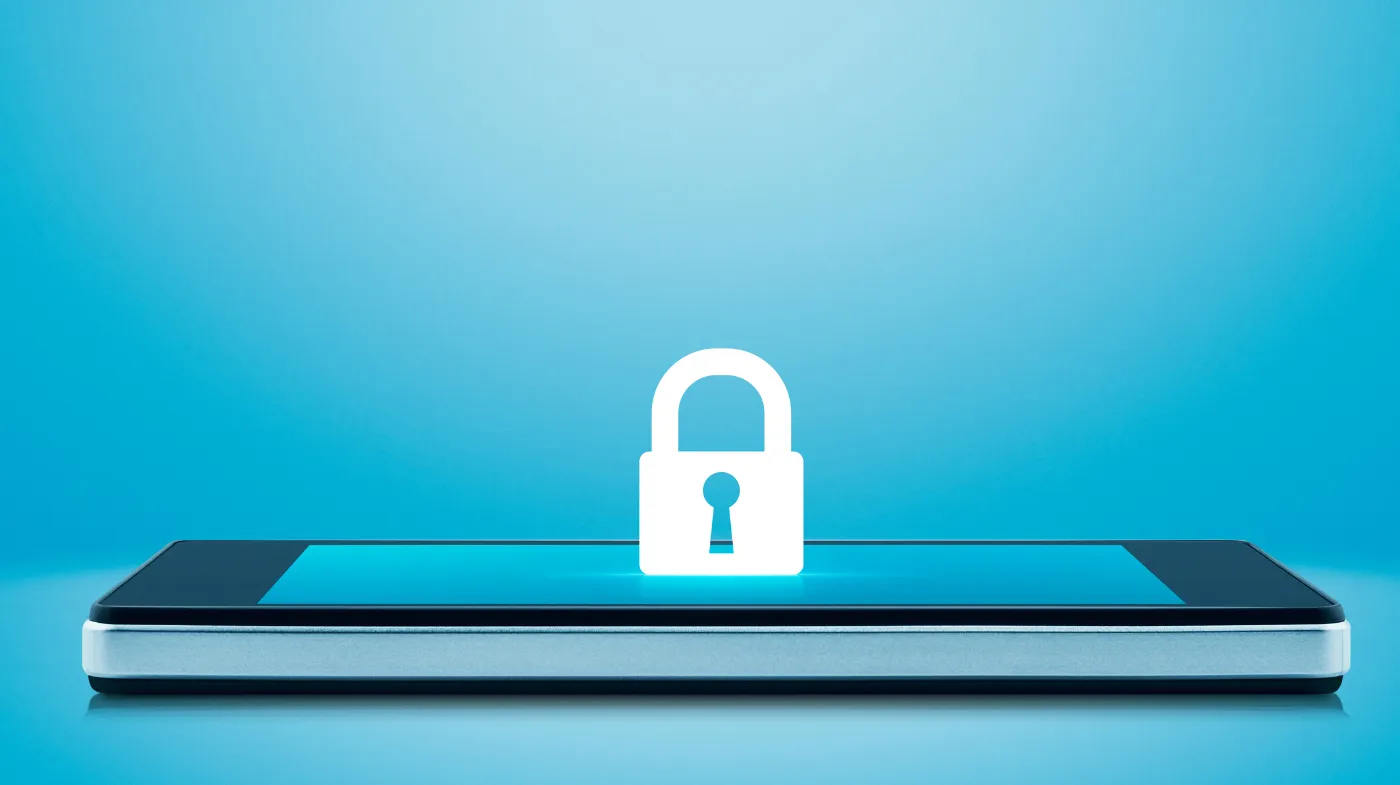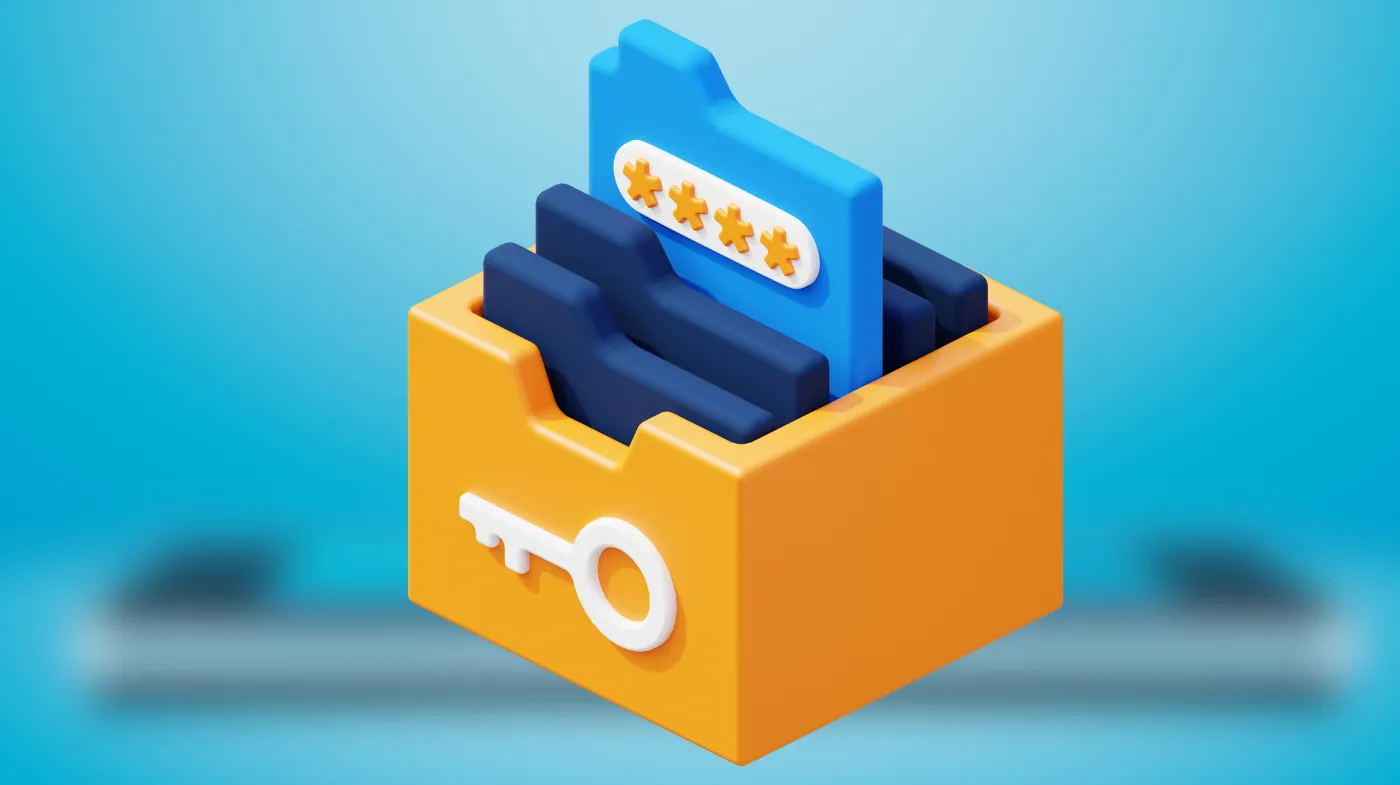
Discovering that your Google account has been hacked and the password changed can be a deeply unsettling experience. Your email often serves as the central hub for everything: personal messages, financial information, app logins, and more, so a breach here puts your entire digital life at risk. So, immediate action is essential.
From attempting account recovery using known devices and locations to leveraging tools can make all the difference. Once access is regained, creating a new password with a Strong Password Generator and storing it in a centralized password manager is a critical first step.
But recovery doesn’t stop there. Securing your account is an integral part of a comprehensive security strategy. Whether you’ve already experienced a breach or want to prepare for the worst, this guide offers detailed, actionable steps to protect your account and personal information.
What to Do if Your Google Account Was Hacked?
If your Google account was hacked and the password changed, act swiftly to regain control and protect your information. Here’s a step-by-step guide on what to do:
Step 1: Take Immediate Actions to Recover
The first thing you should do is attempt to log in to your Google account. Use your last known credentials. If login fails, proceed directly to the Google Account Recovery page. Follow the prompts carefully, using a familiar device and location can significantly increase your chances of successful recovery.
Be prepared to answer security questions and, if two-factor authentication (2FA) is enabled, use any backup codes or recovery emails. If access is restored, change your password immediately.
Use a Strong Password Generator to create a password that’s at least 12 characters long and includes a mix of letters, numbers, and special characters. Avoid using previous passwords. For easier management, consider using a centralized password manager.
Step 2: Secure Your Account
Once your account is recovered, secure it thoroughly. Start by reviewing and updating your recovery email, recovery phone number, and security questions under your Google account settings. This step ensures that you have a solid fallback in the future.
If you haven’t already, enable two-factor authentication. Use Google Authenticator, Authy, or even better, physical security keys, which offer more protection than SMS-based 2FA. Next, check your recent activity at Google’s Security Checkup.
Look for unfamiliar devices or suspicious sign-ins. You should also visit Google Account Permissions to revoke any apps or services you don’t recognize. If an attacker added an app password for Gmail or granted access to shady third-party tools, remove them immediately.
Step 3: Scan Devices for Malware
Sometimes, your device may be the point of compromise. Use trusted tools like Malwarebytes, Bitdefender, or Windows Defender to run full antivirus and anti-malware scans. Be sure your OS and all applications are fully updated with security patches often close to vulnerabilities that hackers exploit.
If you suspect a device may still be compromised, avoid logging into your Google account from it. Instead, use a different, secure device until you’re sure the original one is clean.
Step 4: Notify Contacts and Monitor for Fraud
Hackers often use compromised email accounts to trick your contacts into clicking malicious links or sharing personal information. Warn your friends, family, and coworkers that your Gmail account was hacked, and tell them to be cautious.
Check your Sent Mail and Gmail filters to look for any unauthorized activity. Hackers often set up hidden filters that forward your emails to themselves.
Also, review any accounts linked to your Gmail social media, bank accounts, and shopping platforms, and ensure no new or unfamiliar connections exist. Tools like an Email Hack Checker can help verify whether your email credentials have been leaked or exposed elsewhere.
Step 5: Report the Incident to Google
If recovery methods fail or you want to formally notify Google of the breach, submit your case using this form. Provide all relevant details and be as accurate as possible.
Best Practices to Strengthen Your Online Security

After recovering a compromised Google account, shift from damage control to prevention. Here are the best practices to follow:
1. Use Unique Passwords for Every Account
Never reuse the same password across multiple platforms. If one service is compromised, hackers often test those same credentials elsewhere, a method known as credential stuffing.
To stop this domino effect, each account should have its own strong, unique password. Use a Strong Password Generator to create complex, hard-to-guess passwords that combine uppercase and lowercase letters, numbers, and symbols. Aim for a minimum of 12—16 characters.
2. Use a Password Manager
Remembering dozens of strong, unique passwords can be overwhelming. A centralized password manager like Bitwarden, 1Password, or LastPass can store all your login credentials securely, auto-fill them when needed, and generate new passwords with a built-in password generator for cybersecurity.
These tools encrypt your data and sync across devices, making secure login both effortless and scalable. Many also offer dark web monitoring and breach alerts.
3. Turn On Two-Factor Authentication (2FA) for All Services
Two-factor authentication (2FA) adds an essential layer of protection beyond your password. Even if someone steals your login credentials, they still won’t be able to access your account without the second authentication factor, such as a code from an app like Google Authenticator or Authy, or a physical security key.
Enable 2FA on all sensitive accounts: email, cloud storage, banking, social media, and shopping platforms. Whenever possible, avoid SMS-based 2FA in favor of app-based or hardware options, which are far more secure.
4. Conduct Regular Security Checkups
Stay proactive by performing security reviews on a routine basis. For your Google account, visit the Google Security Checkup to assess recent device activity, app permissions, and recovery settings. Use an Email Hack Checker periodically to see if your email address or passwords have appeared in data breaches.
Incorporate tools like Password Generators for Cybersecurity to refresh older or reused passwords across accounts. Also, regularly review browser-saved credentials and remove any stored on public or shared devices.
Is it safe to store all my passOnline Securitywords in a password manager?

Yes, storing your passwords in a centralized password manager is not only safe, it’s one of the most recommended cybersecurity practices today. Tools like 1Password, Bitwarden, and LastPass use advanced end-to-end encryption, which means even the service provider can’t see your saved data.
These platforms offer more than just storage; they come with built-in password generators for cybersecurity, automatic form-filling, breach alerts, and secure password sharing options.
Instead of writing down passwords or using the same one across accounts, a password manager ensures each login is strong, unique, and accessible across devices. Just remember to protect your password manager with a robust master password and, ideally, enable two-factor authentication for added security.
Are SMS-based 2FA codes safe to use?
While SMS-based two-factor authentication (2FA) is better than having no 2FA at all, it comes with security risks. SMS codes can be intercepted through SIM-swapping attacks, where hackers trick mobile providers into transferring your number to a new SIM card.
Once they control your number, they can intercept your 2FA codes. For greater security, use app-based 2FA like Google Authenticator or Authy. For even stronger protection, consider using physical security keys (such as YubiKey), which are virtually impossible to hack remotely.
Update Recovery Options to Stay One Step Ahead
Regaining control after a Google account hack is only half the battle; what follows is just as important. Strengthening your account security ensures you’re not vulnerable to future attacks.
Updating your recovery options, activating two-factor authentication, and removing unauthorized devices or app access are foundational steps. For added peace of mind, regularly run malware scans and keep your software updated.
Tools like Password Generators for Cybersecurity and Email Hack Checkers should become part of your ongoing digital hygiene. Going forward, never reuse passwords; instead, rely on a centralized password manager.
